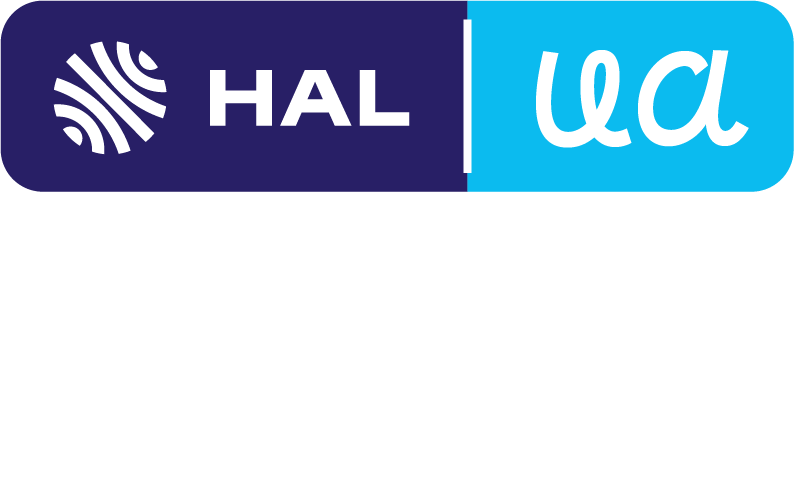Validation of a new simple questionnaire to "estimate ambulation capacity by history" (EACH) in patients with claudication
Résumé
OBJECTIVES: The assessment of walking limitation is important in determining the severity of many diseases, including peripheral artery disease. Questionnaires exist for estimating walking capacity, but these have limited use in routine clinical practice. We sought to establish the feasibility and validity of the estimating ambulation capacity by history questionnaire (EACH-Q), a self-administered, four-item questionnaire that estimates walking capacity in patients reporting vascular-type claudication. BACKGROUND: The EACH-Q estimates the maximal duration that can be attained (eight possibilities: from impossible to 3 hours or more) at four different displacement speeds (from slow walking to running). Scores can be obtained easily by multiplying the rank of each possible answer (impossible being zero) by a speed factor. METHODS: The Walking Impairment Questionnaire (WIQ) and the EACH-Q were completed by 218 patients with vascular-type claudication, undergoing treadmill exercise testing. We hypothesized that less errors (ie, missing, duplicated, or paradoxical answers) and missing final scores would be observed for the EACH-Q than the WIQ. Validity was assessed by calculating correlation coefficients (r) between the questionnaire scores (both questionnaires, noncorrected and corrected) and treadmill maximal walking distance (MWD: 3.2 km/h, 10% slope, maximized to 15 minutes). RESULTS: Compared with the EACH-Qs, nearly twice as many WIQs had to be corrected for one or more errors (52% vs 28%; P < .0001). This resulted in 37 (17%) WIQ versus 18 (8%) EACH-Q scores being missing on noncorrected questionnaires (P < .0001). MWD was 162 m (25-75 degrees percentiles: 91-390 m). The correlation coefficients of WIQ and EACH-Q to MWD were 0.59 and 0.52, respectively, before correction (P = .357) and 0.60 and 0.51, respectively, after correction (P = .185). CONCLUSIONS: The EACH-Q is a simple and valid questionnaire for estimating walking capacity in patients with vascular-type claudication. It is easily scored. It might help standardize the reporting of how patients feel about their walking limitation. Further research is needed to validate the EACH-Q in other patient groups and against other treadmill protocols and to assess its reliability and sensitivity.
